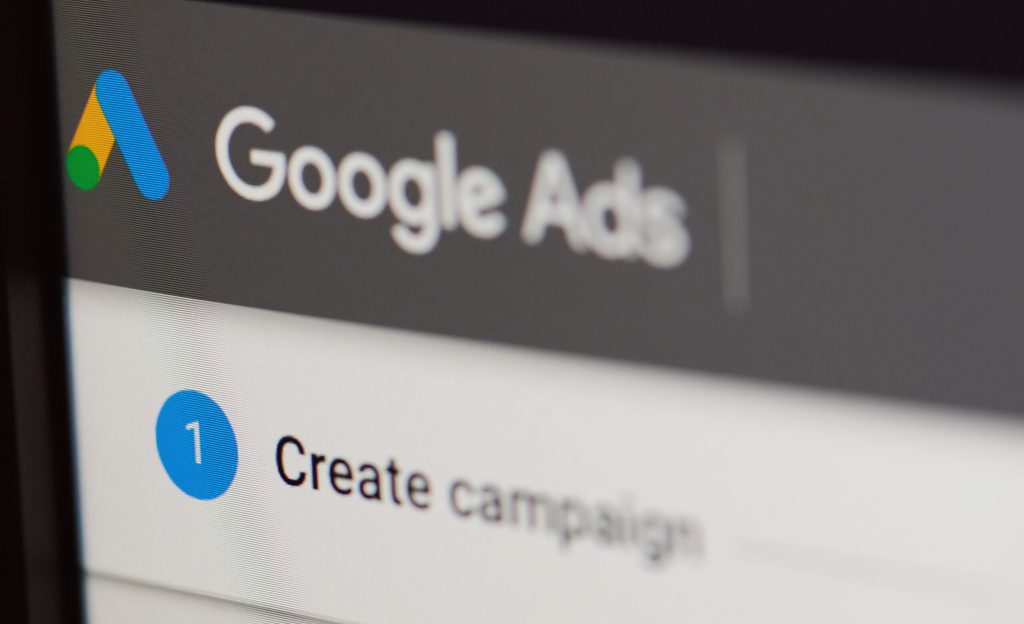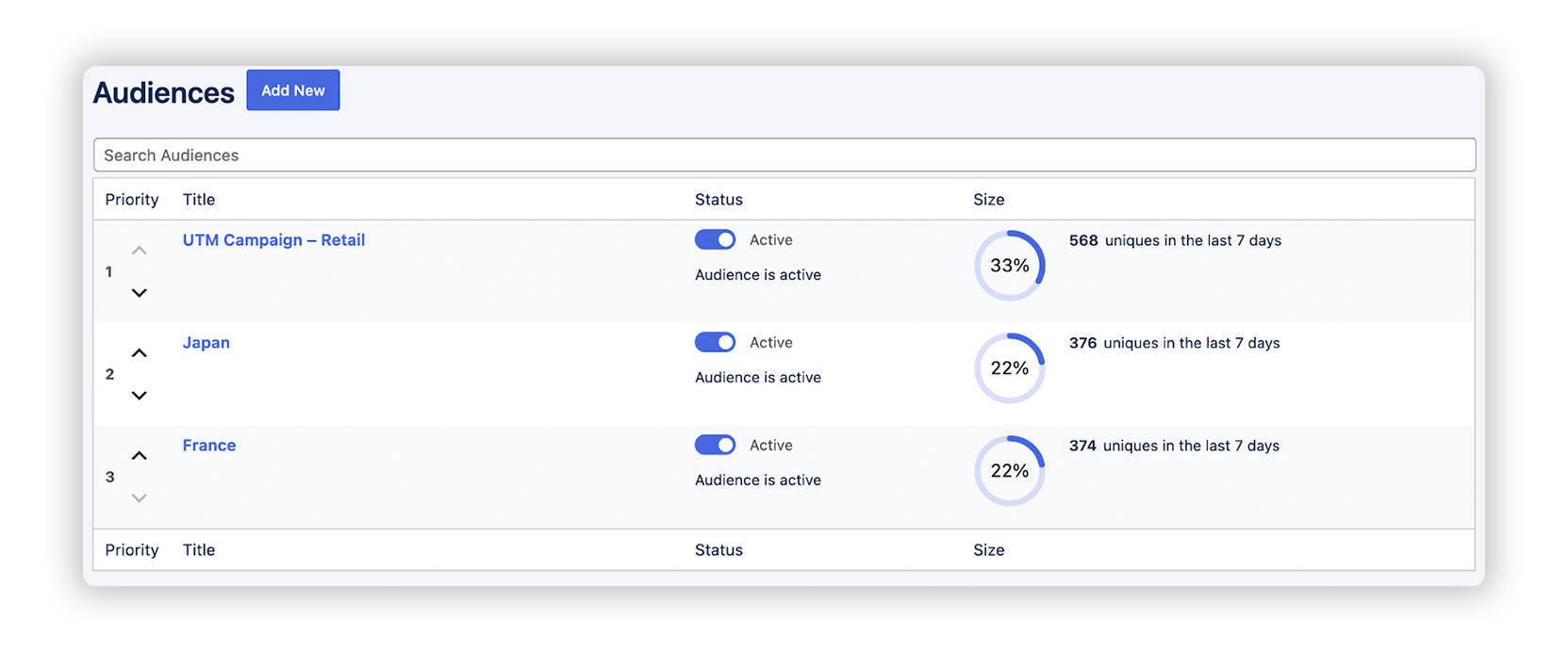Every person is different – and while digital marketing isn’t quite at the stage of offering a truly unique online experience to each website visitor, technology has evolved to such a point that we can offer an extremely personalized and relevant experience to a diverse range of audiences.
The ability to do this comes down to audience segmentation. Gone are the days of lumping people into broad categories, based on either their age group or continent. Now it’s about combining a range of variables to create highly accurate personas, from historical browsing activity to real-time behavioral data, all the way to predictive insights that anticipate a user’s intent or next action.
Using segmentation, brands are 60% more likely to understand customer challenges and concerns, and 130% more likely to know their intentions
Audience segmentation + WordPress: Can it be done?
Armed with the powers of audience segmentation, the online customer experience is heading in an exciting direction – but for brands with websites powered by WordPress, this golden era could remain tantalizingly out of reach.
That’s because native WordPress doesn’t actually possess a core feature that offers audience segmentation, certainly not at the granular level that our omnichannel world demands.
Digital experience platforms designed specifically to seamlessly integrate with WordPress represent a perfect way to explore the power of granular audience segmentation.

Segmenting audience for your website, just as you might for an ad campaign, is a reality with digital experience tools.
Data, analytics, audiences, content – all housed on one platform, saving time and money… an absolute dream for any marketer.
Target market segmentation: Dynamic audiences
When it comes to audience segmentation, it’s all about quality over quantity. That means digital marketers require the ability to set up audience segments in a range of ways, depending on how they’d like to architect their groups, interests and criteria.
It’s a self-fulfilling loop. The more high-quality data you use to build your segments, the more personalized the content and experiences you’ll be able to target them, the higher chance they’ll convert, and the more relevant each segment will become.
And that’s the key consideration, because it’s important to remember that customer segments should evolve. They’re dynamic, not static – once a user is placed in a segment, they should be able to fluidly transition from one group to another, based not only on their browsing behavior, but also external market trends.
Maintenance of customer segments is fundamental to keep your digital CX fresh and relevant. By helping understand new and developing segments, marketers also benefit from direct insight on market trends for competitive advantage.
Target audience segmentation: Reaching the right market
The ability to segment new and returning site visitors comes down to the rules you define, whether that be personal interests, location, device type, historical interaction or purchase behavior, and many more variables.
Why does this data matter? Because it allows marketing teams to present each of these audiences with the best possible content to serve their needs.
Being able to instantly visualize the percentage of total visitors made up by each audience enables digital marketers to measure where their content is resonating most with particular audiences.
Say, for example, you’ve built a custom audience segment for visitors who landed on your website via LinkedIn and Twitter referrals. Or your target group is made of users from Japan who’ve visited the site more than 10 times.
Tech like Altis’ Audience Builder tool let marketers on WordPress create segments for use in campaigns and content personalization.
Why does this data matter? Because it allows marketing teams to present each of these audiences with the best possible content to serve their needs.
For example, which piece of content first led your social referrals to the website? Okay, next time they visit, you can assign them a bespoke block of content (known as Experience Blocks on the Altis digital experience platform) that’s linked to that original piece, so they can explore the topic further.
And for the Japanese audience – because their number of sessions exceed a significant number, it’s clear they’re deriving value from your content and website. Therefore, it’s reasonable to assume they’re ready to be pushed further down the funnel towards a conversion or purchase.
What’s more, with the right analytics, you can actually track the percentage of users from these audiences who’ve returned to the website over the past seven days, for example, along with how long they’ve been browsing the domain for, and which pages they’ve been perusing.
The engaged percentage of this segment can then be dynamically shifted into another, depending on how their activity fluctuates. The possibilities really are endless.

Audience segmentation: Nothing without the analytics
Quality audience segmentation is nothing without a good analytics platform to support it. This is another area where WordPress can fall short. True, it does possess its own native analytics, or you can layer on Google Analytics or other plugins – but the clue is in the name, these tools are plugged and bolted on, rather than baked natively into WordPress.
For example, if you focus on ecommerce metrics, you now possess end-to-end visibility of the entire customer journey, comprising each funnel stage from acquisition through to retargeting and retention.
When you use the right digital experience platform, your WordPress website analytics are natively displayed in your dashboard. No need to wrap your head around yet another plugin, or be forced into making dangerous changes to your website’s back-end.
This enables marketing teams to focus on digging deeper into the numbers, tracking content performance and optimizing both the content and segmentation based on real-time audience behavior.
It even adds machine learning into the mix, which responds to user data to automatically optimize your content. For example, if you focus on ecommerce metrics, you now possess end-to-end visibility of the entire customer journey, comprising each funnel stage from acquisition through to retargeting and retention.
Marketing teams will know if a website visitor is already subscribed to a specific service or has purchased a certain product – and, if not, the in-built machine learning algorithm can make intelligent suggestions on which content is most likely to prompt an engagement or conversion.

Alternatively, an events business could segment by location, offering an automated in-person event for locals, or a digital invite for people that sit outside of a defined proximity.
Some platforms even allow you to export analytics to your business intelligence (BI) tool of choice, meaning you can pipeline data into your existing BI tools to combine website user behavior with product usage, CRM and other data to generate even deeper and more advanced insights.
Personalized experiences depend on good audience segmentation
The ever-increasing importance of omnichannel delivery and engagement mean it’s no surprise audience segmentation represents such a high priority for digital marketers as they look for ways to provide a more structured approach to content delivery and customer preferences.
Indeed, Hubspot research shows that brands market to three audience sectors on average. Our response to that? It’s not nearly enough. However, there are a number of hurdles holding digital marketing teams back, namely the restrictions of their website, should they be powered by WordPress.
Digital experience platforms possess the ability to deliver personalized content and contextualize experiences that engage across all your digital channels – but remember, it all starts with how good your audience segmentation is.
Want to more effectively segment your audiences and deliver more tailored digital experiences for your target customers? We’d love to show you how.

